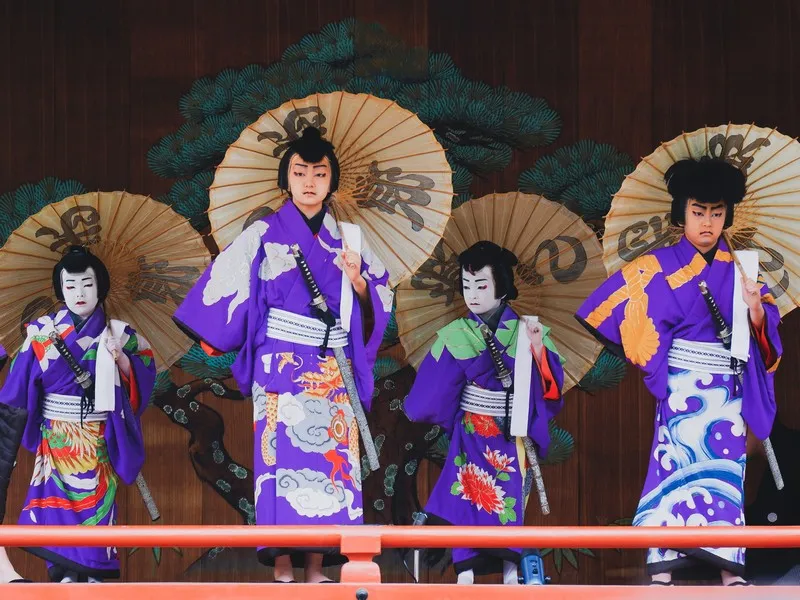Table of Contents
- Introduction
- The Concept of Keigo: An Overview
- Historical Trajectories of Keigo
- Keigo as a Sociolinguistic Mechanism of Hierarchy
- The Cultural and Ritual Significance of Keigo
- Keigo in Practice: A Closer Look at Social Settings
- Gender, Age, and Regional Variations in Keigo
- The Impact of Globalization and Digital Communication
- Learning Keigo as Cultural Socialization
- Identity Construction and the Strategic Use of Keigo
- Contemporary Challenges and the Future of Keigo
- Conclusion
Introduction
Language serves as more than a conduit for communication; it constitutes a vital mechanism through which culture, social hierarchies, and collective identities are both reflected and reproduced. In Japanese society, language functions as a mirror of complex social relations, with the system of keigo (敬語) occupying a central role. Keigo represents a highly formalized and codified mode of speech that conveys respect, social distance, and group belonging. This article offers an extensive sociological exploration of keigo, charting its historical evolution, its role in sustaining hierarchical structures, and its significance in identity formation, social cohesion, and contemporary challenges. Through this lens, we gain insight into how linguistic practices uphold and sometimes contest social norms in Japan.
The Concept of Keigo: An Overview
Keigo, meaning “respectful language,” is not a monolithic form but a complex system comprising multiple registers tailored to reflect and enact social relationships. These registers function as linguistic tools that allow speakers to express deference, humility, or neutrality depending on the social context. Keigo is generally classified into three categories:
- Sonkeigo (尊敬語): Honorific language that elevates the status of the listener or a referenced third party, thereby expressing deference.
- Kenjougo (謙譲語): Humble language that lowers the position of the speaker or their in-group, showing humility towards the listener or audience.
- Teineigo (丁寧語): Polite language that signals courtesy without specific reference to hierarchical position.
These categories are not merely grammatical but index broader social values and cultural imperatives. Mastery of keigo signals a speaker’s sensitivity to the relational dynamics of any given interaction, affirming their integration within the collective.
Historical Trajectories of Keigo
The origins of keigo are deeply intertwined with Japan’s historical class structures and political institutions. In the Heian period (794–1185), the imperial court’s elaborate protocols fostered linguistic practices that distinguished ranks and affirmed loyalty. This practice intensified during the Kamakura (1185–1333) and Edo (1603–1868) periods, where feudal hierarchies demanded increasingly formalized language to navigate the complex networks of lord-vassal relationships.
The Meiji Restoration (1868) ushered in a period of modernization and Westernization, yet keigo retained its significance as a marker of civility and social awareness. Even as democratic ideals gained traction following World War II, keigo continued to signify adherence to social propriety and respect for enduring hierarchical forms. Today, it remains a critical means by which historical patterns of stratification are subtly perpetuated.
Keigo as a Sociolinguistic Mechanism of Hierarchy
Keigo is best understood as a sociolinguistic practice that both reflects and reinforces Japan’s intricate social hierarchies. From a structural-functional perspective, keigo operates as a linguistic technology for the maintenance of order, ensuring that interactions align with shared understandings of rank and role. It is prevalent in:
- Corporate settings, where junior employees employ humble forms to address superiors, while managers use honorifics when referring to clients or external partners.
- Retail and service encounters, where keigo functions as a means of elevating the customer’s status, underscoring the cultural maxim that “the customer is god.”
- Academic institutions, where students address faculty and staff with keigo, reproducing institutional hierarchies.
The distinction between uchi (in-group) and soto (out-group) further conditions keigo usage. The language a speaker chooses signals not only deference or humility but also group boundaries and loyalties.
The Cultural and Ritual Significance of Keigo
Beyond individual interactions, keigo plays a foundational role in the ritualization of everyday life. It encodes and performs the value of wa (harmony), contributing to the predictability and stability of social encounters. Keigo serves as a preventive mechanism against social friction by mitigating ambiguity regarding one’s place in the social order.
From the perspective of symbolic interactionism, keigo can be seen as part of the performance of self in everyday life, where speakers continuously negotiate their identities and relationships through linguistic choices. It minimizes face-threatening acts by preemptively establishing clarity about intentions, roles, and boundaries.
Keigo in Practice: A Closer Look at Social Settings
Get the full article AD FREE. Join now for full access to all premium articles.
View Plans & Subscribe Already a member? Log in.





